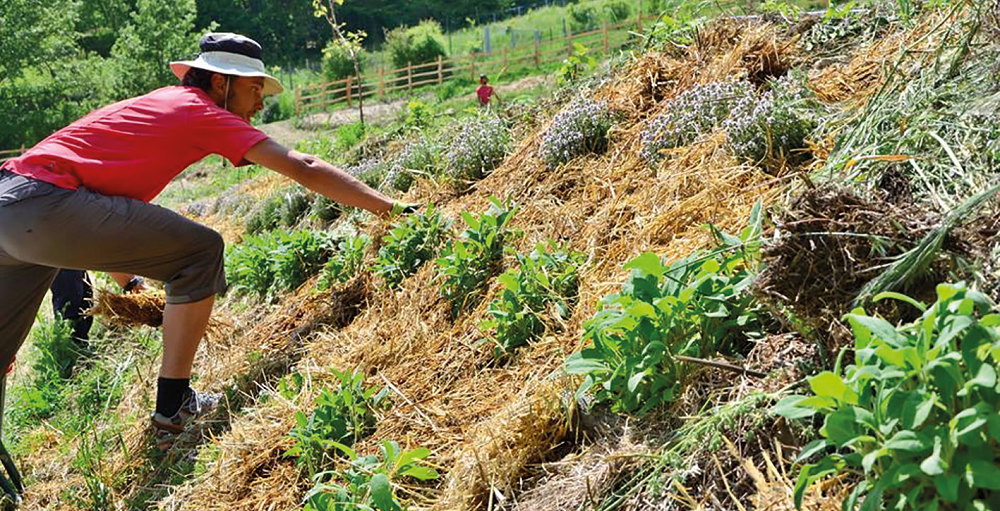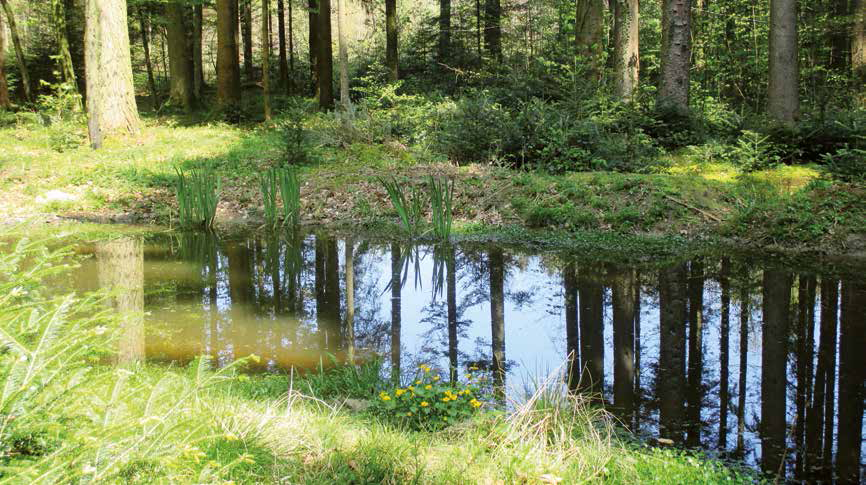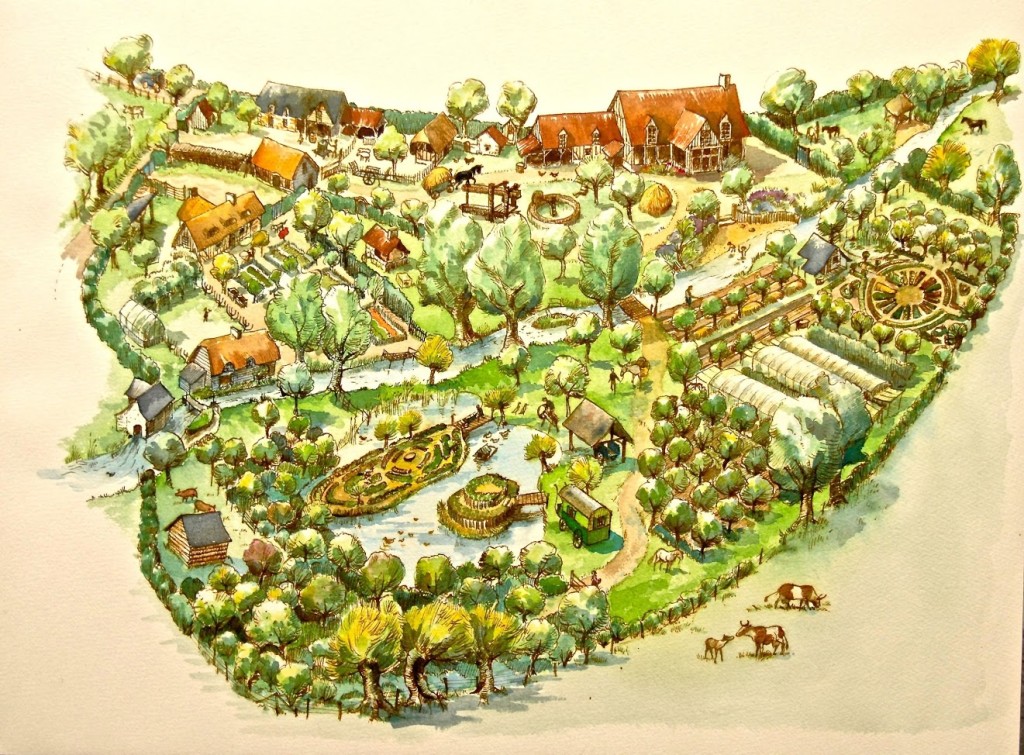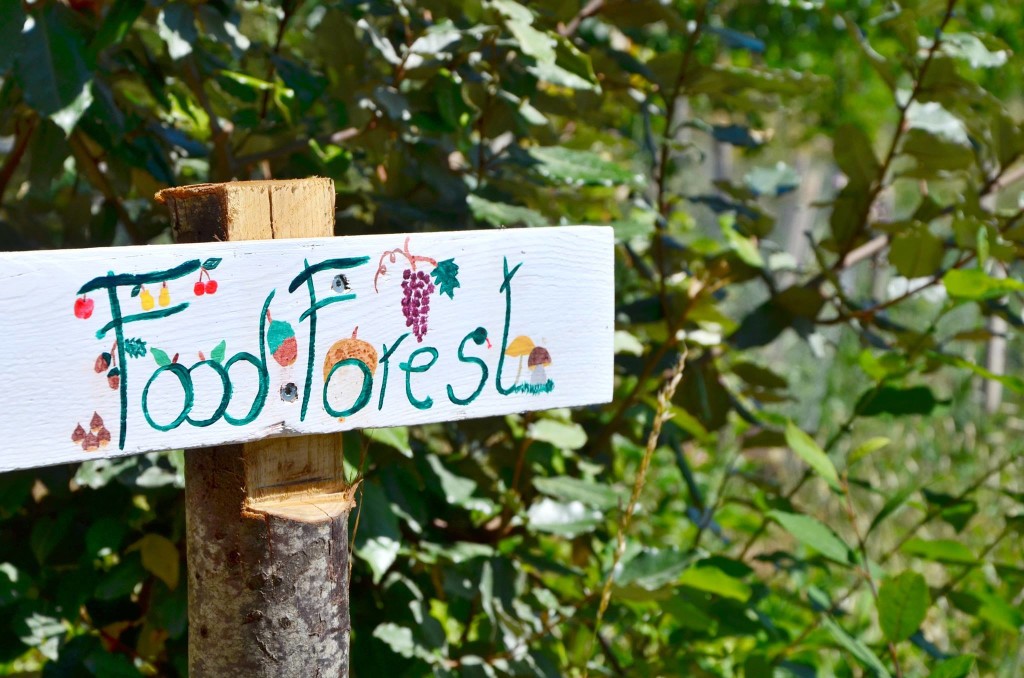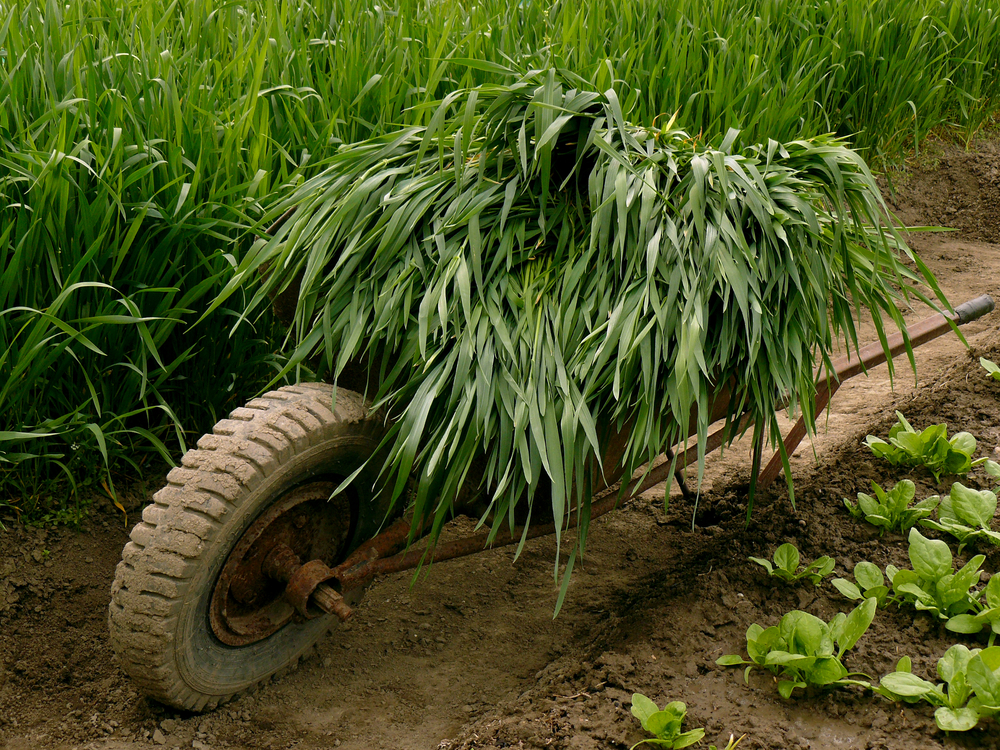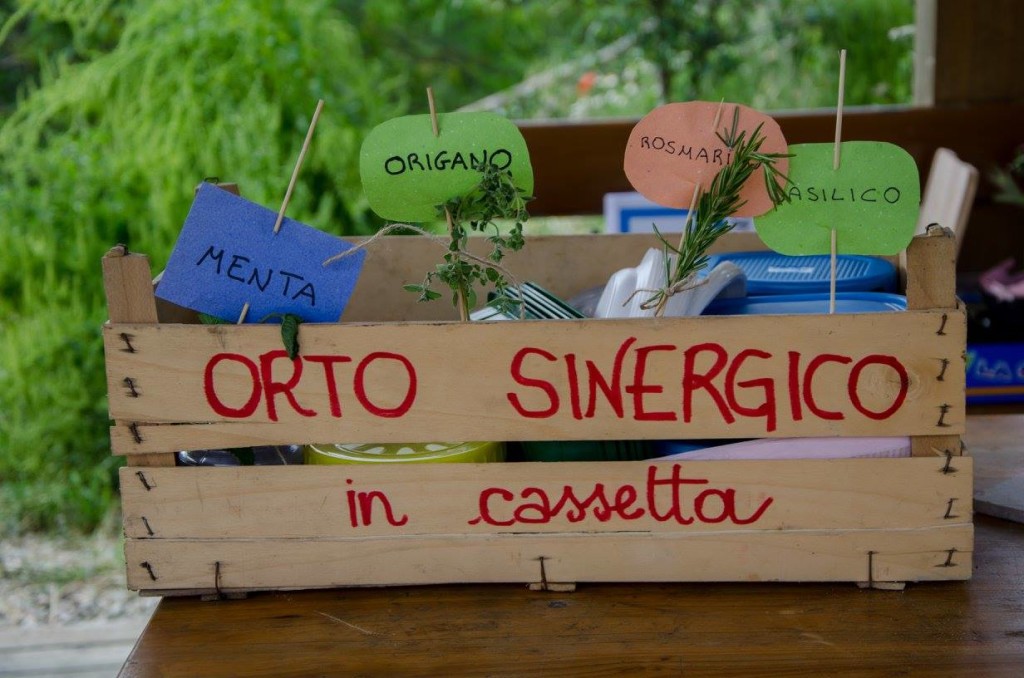Bill Mollison: the revolution disguised as gardening
by Elena Parmiggiani
In memory of the man who conceived new ecosystems connected to permaculture and changed the way of thinking of millions of people.
On September 24th 2016, Bill Mollison, co-founder of permaculture, passed away in Hobart, Tasmania (AU). I was so lucky to meet him in person in 2010, when I attended his course on Permaculture Design in Istanbul, Turkey, along with Geoff Lawton. That was one of the last courses he held entirely by himself. During that permaculture course, I learned few important things that I will always bring with me. I’d like to share them with you because Mollison would have wanted to be known by anyone. During his life he followed many projects, he taught at University (even though he claimed it was fossilized and harmful), he influenced many people with his ecosystemic vision tightly connected to natural models and he brought to light for all of a us a new model of thinking and living.
Integrating and valuing margins
Relationship as key element in Permaculture design.
Permaculture was conceived as a design system that integrates harmoniously men and environment: home, food, natural resources, human and social relationships.
The aim is to design long-lasting settlements that mimic natural ecosystems by recognising and harmonising the different components of the landscape (morphology, climate, land, water, vegetation, animals) and developing relationships of mutual support among the elements in the environment and people’s needs.
Biochar: a resource for a more sustainable agriculture
Biochar is charcoal made from wood or biomass via pyrolysis, a process in which the thermal decomposition of organic materials takes place without involving the addition of other reagents such as oxygen. In few words, heat is provided to the organic materials in an inert atmosphere in order to create the energy necessary for breaking some chemical bonds within complex molecules and convert them into simpler ones. The result is biochar, a charcoal whose carbon content is up to 90% and whose compact structure make it non-biodegradable by soil
microorganisms. For this reason, biochar can stock carbon instead of releasing it into the atmosphere as CO2.
Is Self-Sufficiency scary?
Let’s increase our understanding of sustainability
On August 10th 2010, TIME magazine ran a cover story entitled: “The Best Laws Money Can Buy”. Unfortunately, reality is much worse, money doesn’t only control the law-making power, but also information and education.
Nowadays power is no longer wielded with evident violence as it used to happen in the past, but in a much more underhand manner. They make us believe we are free citizens, when they actually control and influence us since the very first years of school: “through information and education it’s possible to manipulate people to such an extent to make them perceive a suicide or a murder as something noble”. In less-extreme cases, information and education don’t aim to such serious acts, instead they are intended to keep people in a constant agony. People who are chronically sick, dissatisfied with life, individualist and obedient, even to despotic orders, are the standard people who surround us, even though these conditions should not be part of the human nature.
THE IMPORTANCE OF WATER in Permaculture and not only…
The example of Sepp Holzer, the man who has built a system of 60 small lakes in his farm on the Alps.
Water is vital, water is life, in fact it’s the key for the humankind survival on this planet. Especially today that water resources are becoming scarce, it’s important to know how to use them wisely and learn how to save such resources.
For this reason, water is one of permaculture’s main subject according to the vision of Sepp Holzer, the rebel farmer from Austria who turned his farm, in the heart of the Alps, into an example of agriculture in harmony with nature.
Sepp Holzer’s small lakes in the Alps
How to turn desert into paradise
Permaculture teaches us how to manage water in a smart and natural way in order to stop desertification
It was 2011 when I decided to visit Krametherof, in Longau region, Austria. I’d been astonished by the vision of a documentary about Sepp Holzer, the rebel farmer that transformed his family land into a natural paradise. He has constructed an impressive system of 80 lakes and terraces on a steep piece of land between 1100 and 1500 m.a.s.l.
A permaculture Garden of Eden
The story of Charles, Perrine and their farm
Miraculous Abundance it’s not only the English title of the book published in 2014 by the French couple Perrine and Charles Hervé-Gruyer, but it’s also the perfect summary of the results of their project and the message they want to send with passion to all of us and to all future generations of farmers. Charles and Perrine’s story is heart-warming and it provides inspiration to those who look for a change and hope to those who see ahead an ever greyer future. But who are Charles and Perrine? And what did they do so special?
How we started a Food Forest in Italy
A Food Forest, also known as Forest Garden, is a multi-purpose and multi-function cultivation system in which trees grown for timber, fruit trees, medical herbs, vegetables, etc. live and grow in synergy with wild plants and animals.
A Food Forest can be created in a corner of our garden or by converting an already existing wood or orchard if we have a wider space available.
Green manuring in Permaculture and Synergistic Agriculture
In Permaculture and Synergistic Agriculture green manuring is a technique for taking care of the soil along with mulch, crop rotation and intercropping and the use of compost.
Green manure crops are cultivated in order to improve soil fertility immediately or once they wither. In this way humus production and soil vitality increase, while loss of nutrients due to rainfalls, soil drying and extreme jumps in temperature are prevented. Moreover, the soil becomes lighter and enriched with nitrogen.
What does synergistic agriculture teach to children?
As we already explained in a previous article, synergistic agriculture is a way of farming that respects nature and at the same time can guarantee healthy and abundant crops. Especially synergistic agriculture promotes the strategy of developing soil self-fertility.
Projects of synergistic vegetable gardens have been started in several Italian schools, including kindergartens, but why a synergistic garden can be turned into a greater educational project? What can synergistic agriculture teach to our children?
Newsletter
ARGOMENTS
- Activities (8)
- Farm products (4)
- Fattoria dell'autosufficienza (39)
- News (63)
- Our models (14)
- Permaculture (23)
- Senza categoria (2)
- Things to do (22)
- Tourist attractions (15)

